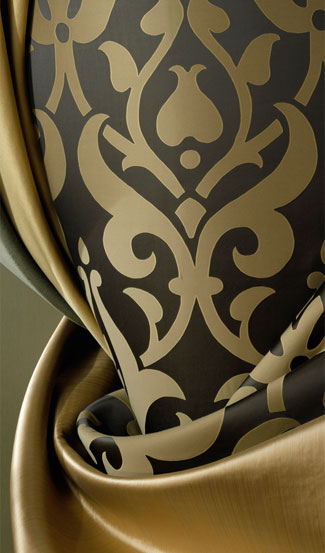
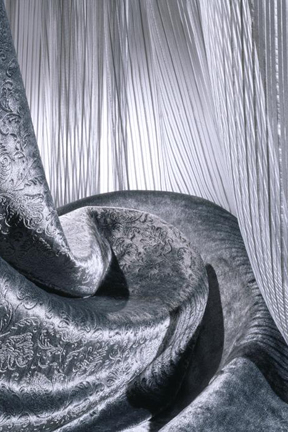
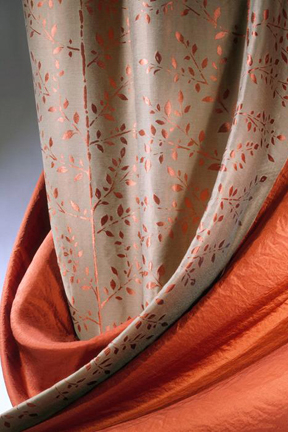

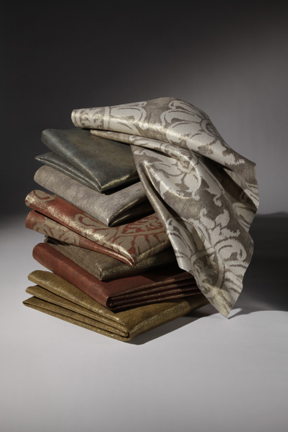
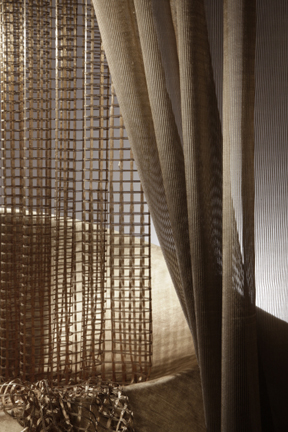
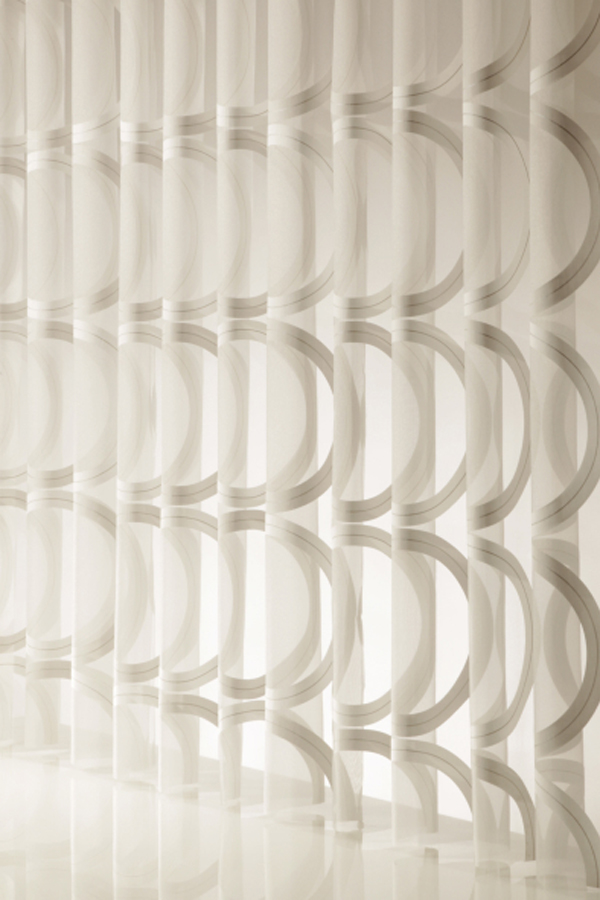
Fabric Specification
Why get a Cutting For Approval (CFA)?
- RODOLPH prides itself in developing fabrics with high quality mills that are conscious of the environment. Utilizing the best industry dyes, which are processed in the most ecological manner and undergo stringent inspections prior to release, we feel confident of customer satisfaction.
- Having said this, environmental conditions such as excessive rain or drought can affect both the availability and characteristics of natural fibers. Alternate sourcing for yarn supplies and advancements in the dyeing and finishing process may also result in color and textural variance in the makeup of a fabric. RODOLPH will recommend a "Cutting for Approval" if we feel that it is necessary to share with the purchaser variances that might affect the overall scheme of a project
- If a close match is particularly important, it is best to submit a sample of the fabric memo you have been working with to RODOLPH. While production may still vary within industry standards, this due dilligence will afford you the best possible match.
Fabric Application
- Hand-spun yarns and hand-woven fabrics will not side match consistently. A horizontal stripe for example, will not be uniform in size, creating a slightly varying vertical repeat.
- When planning multiple width fabrications, make certain that patterns and repeats are aligned before cutting, as one should not assume that a woven pattern will be squarely situated in a repeat, as fabric can shrink and stretch in certain conditions.
- Because fabrics have multiple uses, we do not necessarily pre-back a fabric for purposes of upholstery. Fabrics that are bulky, filled with large yarns such as chenille, or are slippery such as silk require extra care in cutting and fabrication. For optimal assurance the overlocking of fabric is recommended, but backing can be a good alternative.
- Questions regarding backing and overlocking decisions should be directed to the fabricator in order to address the specifics of the application.
Linen
- Linen fabrics often contain many "slubs", extreme manifestations of swollen fibers. These slubs are inherent to the yarn and are considered to be a reflection of the fiber’s natural beauty.
- Sometimes a distinct odor can emanate from unrefined linens. The odor will vanish over time but dry cleaning will accelerate the process.
- Linen, more so than other natural fibers, is hydro-sensitive and will respond to environmental fluctuations in temperature and humidity.
- Post processing services are available that can mitigate (but not completely eliminate) the natural fluctuation of the fabric.
- Fabric blends, in which linen yards are wrapped around synthetic core yarns, will also show less shrinking or stretching.
Chenille
- Because of the nature of chenille yarns, special considerations should be made about placement in regards to lightfastness, especially with natural fiber chenilles, which can be prone to fading.
- Even high quality chenille, when used for upholstery, can unravel if there is an insufficient return on the seams. In light of this, it is safest to have a chenille fabric backed and serged before being applied.
- Rayon, viscose, and bamboo fiber-based chenilles imitate many of the characteristics of velvet including luster and a soft hand. Like velvet, these fabrics also show crushing, flashing, or whitening in the pile with use. Railroading or direction reversal during fabrication will exacerbate these effects.
- Light use of a vacuum cleaner brush against the nap can help restore the original appearance of the fabric.
Silks
- Silk is a continuous filament fiber, and as such has greater tenacity and elasticity than other fibers. That said, silk should almost always be used with a backing.
- Silk may crease during shipments, so steps should be taken to ensure that the post-processing facility working with the silk has the ability to steam out any creases or wrinkles that may appear.
- Likewise with linen, part of the charm and character of silk is the existence of a small number of slubs, motes, or imperfections throughout the yardage.
- Silk will fade if placed in direct sunlight. Protecting your fabric from the sun’s rays will help lengthen the expected lifespan of the fabric.
Velvet & Other Pile Fabrics
- Velvet is a cut pile fabric in which the cut fibrous ends of the warp yarns create a short, dense surface.
- Fabrics with a cut pile construction can be prone to crushing or shading, which will happen naturally through use.
- If the fabric has been exposed to severe moisture or pressure, steaming or dry cleaning may be required to raise the pile again.
- Some of our velvets are given a distinct look and texture through a finishing process called "embossing" which uses heat and pressure to engrave a design into fabric. Embossed patterns are meant to be decorative, as any moisture or stress can remove the design.
- When Velvet is installed on seating or wall paneling it is important that the pile be facing down if applied vertically, and facing the front if applied horizontally.
Mohair
- Mohair performs similarly to velvet, but unlike velvet changes in nap may be restored by allowing a slightly damp cloth to lie on the affected area overnight. Remove the cloth and allow the area to dry completely. This procedure can also be used to correct creasing or other marks.
- Mohair plush "crawls" on itself when it is sewn, creating puckers when used with a welt or on curves.
